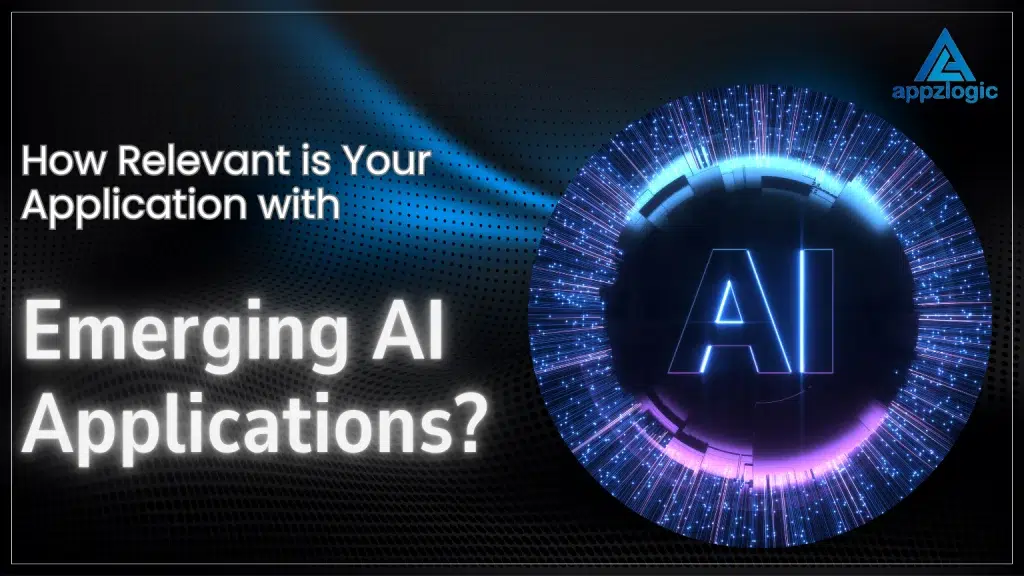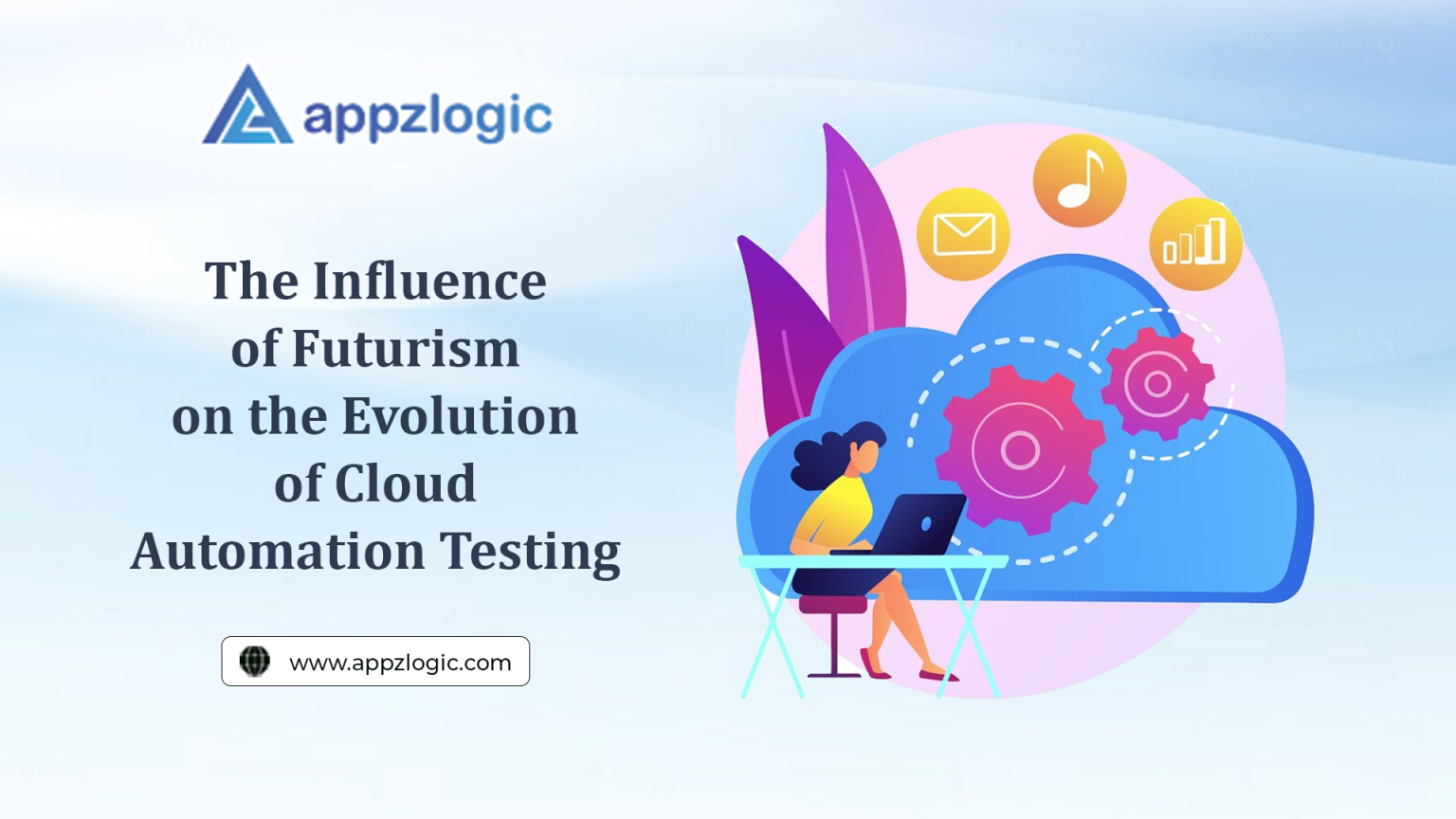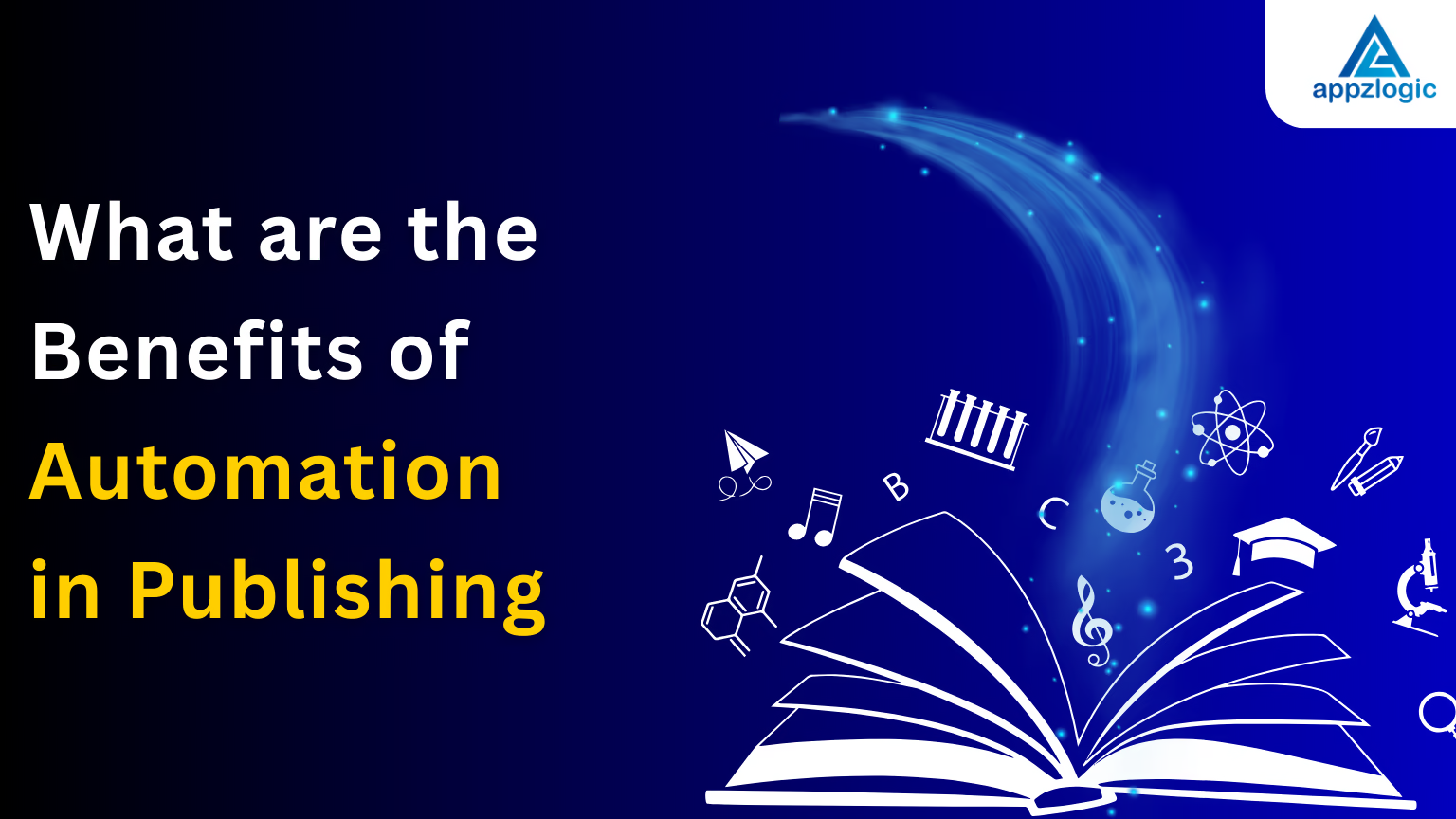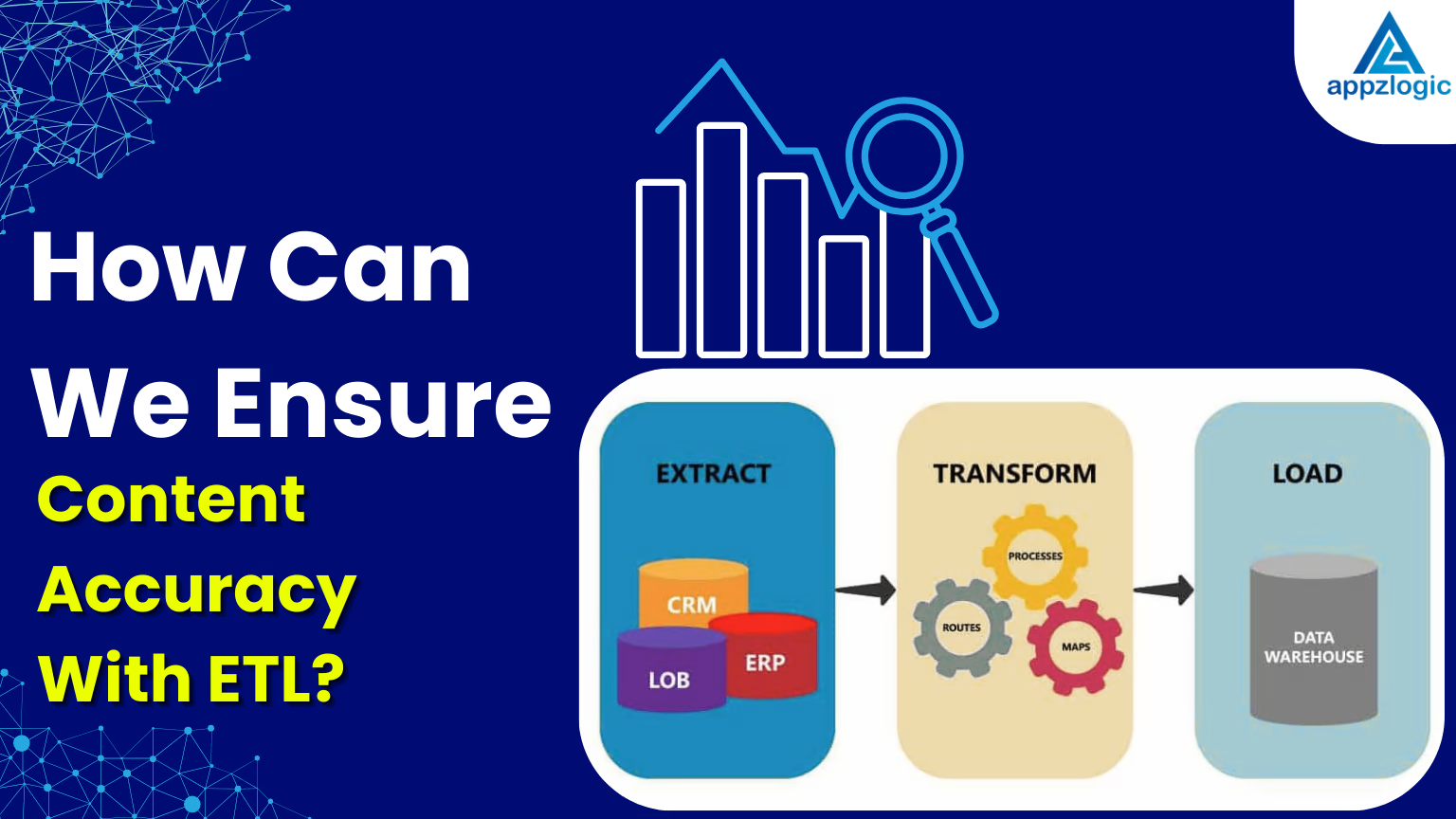
How Relevant is Your Application with Emerging AI Applications?
Artificial Intelligence is driving growth across industries, from finance and healthcare to retail and logistics, AI applications are changing the face of businesses. Modern applications must be smart and able to grow with changing business needs but without AI, applications often fail to engage users because experiences lack personalization. Businesses face delays and errors in operations and miss opportunities to use predictive insights that give competitors an edge.
How AI Helps Businesses Stay Ahead?
Applications powered by AI are data driven and constantly learning. They adapt to user behavior and market demands. AI helps businesses identify opportunities, optimize processes, and reduce costs. Predictive analytics and intelligent automation provide a competitive advantage.
AI insertion makes businesses improve their engagement, reduce errors, and enhance decision making. Applications become interactive ecosystems rather than static tools. This transformation affects all industries including finance, healthcare, education, retail, and logistics.
How AI-to-AI Cycle Makes Applications Smarter?

AI transforms traditional applications into intelligent systems. The AI-to-AI cycle allows applications to learn from data continuously. Applications adapt to user behavior and offer personalized experiences. Online shopping platforms, health apps, and education platforms give every user a meaningful interaction. Automation improves performance. Tasks that needed human effort ran faster and with fewer mistakes. Logistics, recruitment, and order management systems have become more efficient and save valuable time.
Our AI powered capabilities can enable predictive analytics so that businesses can forecast demand and identify risks before they occur, it has the capability to turn raw data into insights that guide decisions and improve results. Security is another area where our AI plays a strong role. It detects unusual activity, prevents fraud, and increases trust.
How AI Shapes User Experiences?
AI expertise provided by our orgnization can improve user experiences by making applications interactive and responsive. From virtual shopping assistants to AI powered Chatbots, our applications adapt to the user in real time and the Personalized experiences increase engagement and satisfaction.
AI also enhances educational tools. AI technologies affect child development by providing learning experiences that adjust to the child’s pace and understanding. Applications can guide children, encourage creativity, and provide feedback that adapts to their learning style.
Using New AI Technologies 2025 Across Industries
We are adapting to change and becoming AI centric. Our technology supports growth and helps businesses stay ahead of competitors. With AI applications, organizations can automate tasks, analyze data and provide real time guidance. The impact spans from operations to customer interactions and product development.
Finance
AI transforms finance by supporting investment decisions, tracking performance and spotting trends early. Businesses can manage portfolios monitor transactions and reduce mistakes in reporting. AI tools help teams respond quickly to changing markets and make smarter decisions. Predictive analytics guide strategy and give users insights they can trust. Automation in reporting saves time and ensures accuracy. Finance teams can focus on planning and growth while AI handles repetitive tasks.
Retail and E-Commerce
AI enhances shopping by predicting customer needs personalizing experiences and optimizing inventory. Businesses can recommend products show interactive demos and guide users through buying decisions. Generative AI creates content that engages users and drives interest. Augmented reality features bring products to life and make shopping interactive. AI helps teams understand buying patterns and improve offers. Retailers can provide smoother experiences while increasing satisfaction and sales.
Healthcare
AI improves healthcare by helping monitor patients manage records and assist doctors with decisions. Wearables track vital signs and provide real time updates. AI supports analysis of medical data and highlights issues early. Teams can create better treatment plans reduce errors and ensure safety. Patients receive timely guidance and healthcare providers make informed decisions. The technology allows healthcare systems to be proactive and more effective.
Education
AI reshapes education by creating learning systems that adapt to each student. Platforms adjust content to match pace and understanding. AI helps design assessments provide feedback and guide students through challenges. Educators can track progress identify needs and support creativity. Recruitment tools screen candidates and streamline processes. Learning becomes personalized efficient and engaging for every user.
How Generative AI Applications Enhance Mobile Apps?
The mobile app industry is moving from novelty to necessity. Recent data shows that the global AI market is approaching a 400 billion valuation. Breakthroughs in generative AI applications and hardware are driving this growth, edge computing pushes AI from cloud to device. IDC estimates Global edge computing investment will reach 261 billion this year.
Companies now integrate AI as a key feature in mobile apps. Now Google’s Gemini Nano allows apps to run on-device generative AI without internet, Apple’s Foundation Models framework provides developers on-device access to powerful AI and Startups can also use AI driven personalization to boost engagement in their mobile apps.
AI Integration in Operations
Automation with AI reduces errors and improves efficiency. Tasks that once required manual effort are now handled by intelligent systems. This is true across finance, retail, healthcare, and logistics. AI helps forecast trends, track resources, and prevent risks before they happen.
Applications using AI gain predictive capabilities. Businesses can make decisions based on real-time analysis and anticipate challenges. Secure AI applications to protect data and increase trust between users and businesses.
Preparing for the Latest AI Technologies and Models
Adopting the latest AI technologies and models requires planning. We are working on identifying areas where AI adds the most value. From improving user experiences to increasing operational efficiency, AI integration ensures applications remain relevant and competitive.
Developers are leveraging leading AI technologies 2025 to build smarter applications. AI models run on devices or in the cloud, offering flexibility and high performance. Generative AI helps create content, automate tasks, and enhance creativity in applications.
Looking Ahead with Best AI Technologies for Optimizing Visibility
The future lies in AI applications that are intelligent, adaptive, and secure. Companies must focus on the best AI technologies for optimizing visibility to maintain competitiveness. AI driven applications gather insights, predict outcomes, and provide personalized user experiences.
Continuous learning from data ensures applications improve over time. AI enables businesses to understand user needs, anticipate challenges, and respond faster. Companies adopting these approaches gain stronger connections with customers and higher efficiency in operations.
Conclusion
AI is transforming how businesses operate and engage with users. Applications powered by AI are becoming smarter, adaptive and more interactive. They help organizations make better decisions reduce errors and improve efficiency across industries such as finance healthcare retail and education. AI also enables personalized experiences predictive insights and automated processes that save time and resources.
We focus on leveraging the latest AI technologies to create intelligent applications that grow with business needs. Our solutions enhance user experiences improve operational performance and provide secure and reliable outcomes. By integrating AI into systems we help businesses stay ahead of the competition and build stronger connections with their customers.





